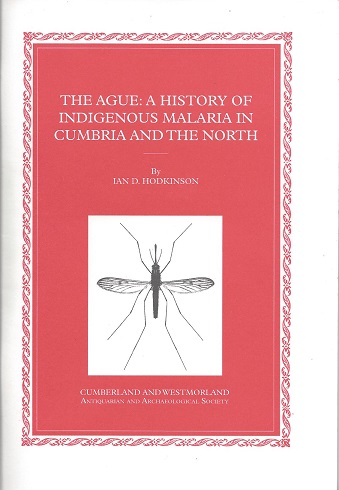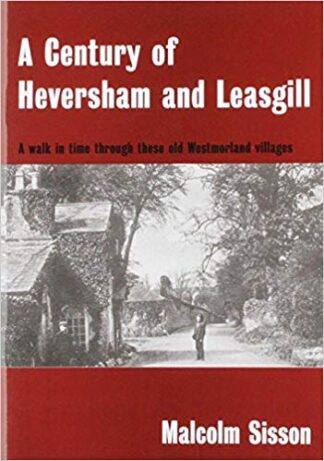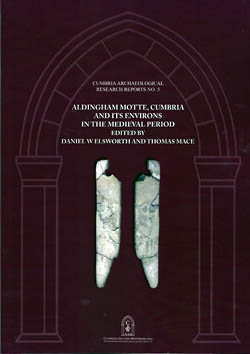The Ague
History of Indigenous Malaria in Cumbria and the North
£8.50
Ague or marsh fever is a disease transmitted by female blood sucking mosquitoes that bred in shallow stagnant water. During the sixteenth to nineteenth centuries it was endemic in the English fenlands and the coastal marshes of Kent and Essex and was recorded spasmodically from scattered locations elsewhere in Britain. Drainage of wetlands for agriculture, changing land use and the discovery of quinine as an effective treatment led to its eradication from most areas by the late nineteenth century. It was a disease that disappeared before its true nature was known.
However, the disease’s history in many parts of Britain, especially the north, is poorly researched and incompletely understood. This book draws together a highly dispersed literature to examine the history, past distribution and importance of ‘the ague’ in northern Britain, with a particular focus on Cumbria. It begins by introducing the biology of the disease and its mosquito vectors before examining the evidence for the wider occurrence of ague during historical times and its impact on both urban and rural agricultural communities. The rich northern folklore associated with the ague, relating to its causes and treatment, is next considered before the reasons for its decline are discussed. The book concludes by examining the possibility of malaria re-establishing its former presence in Cumbria and the north as a result of climate warming and other factors.
publisher:
CWAAS
pages:
74p
Publication Date:
2016 December
format:
Paperback; 210 x 148mm
ISBN:
9781873124741
illustrations:
Some colour illustrations







